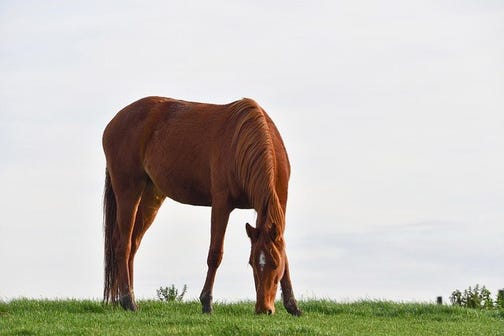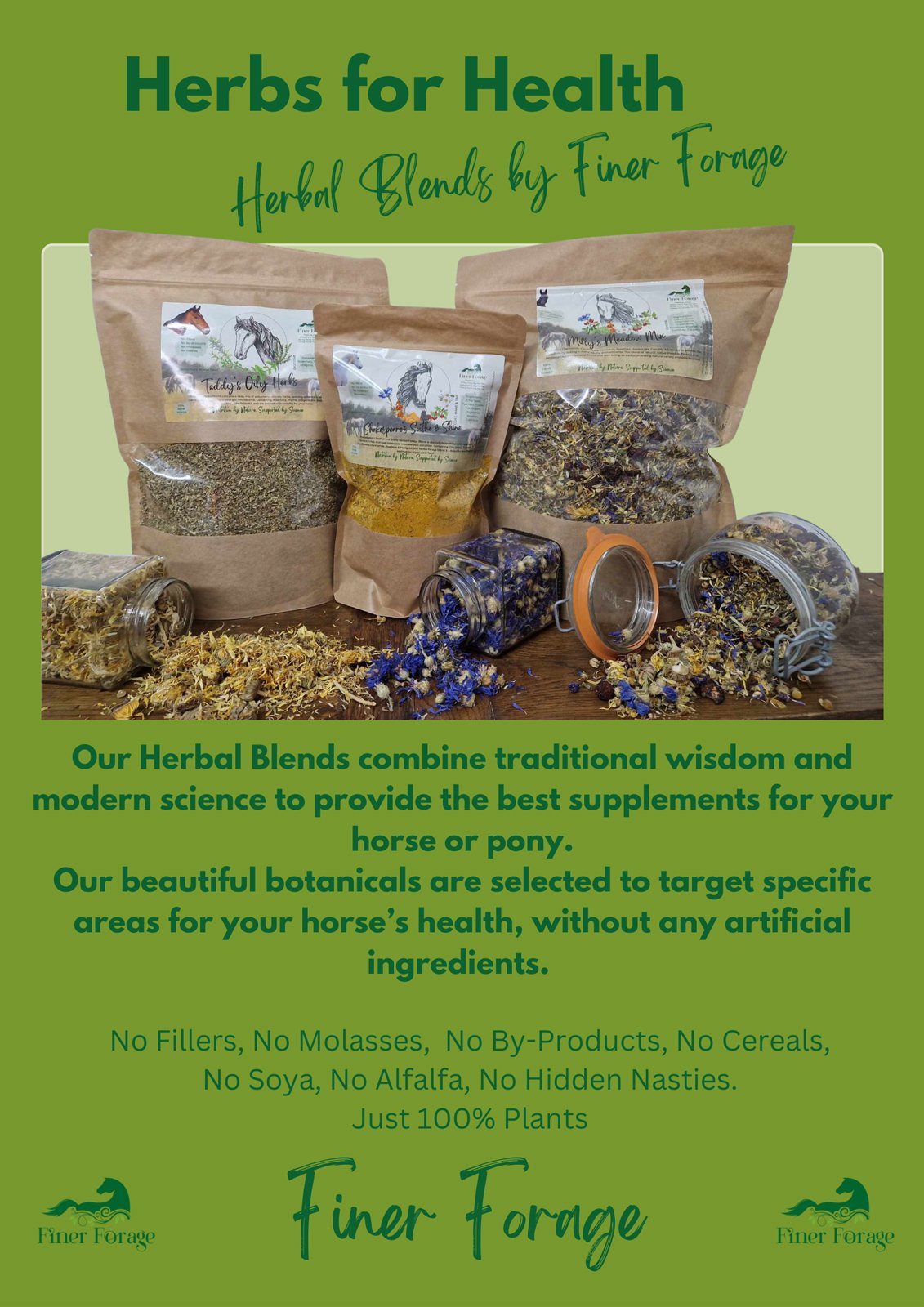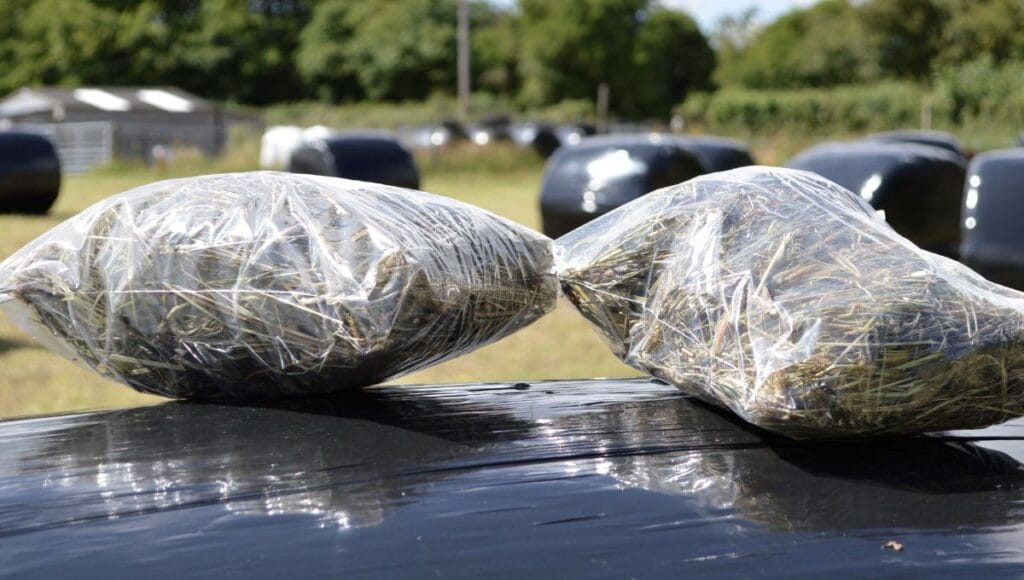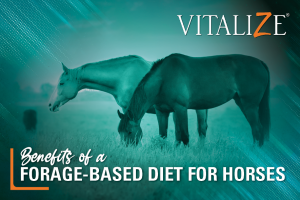Grain-to-Forage Ratios for Your Horse’s Health

Maintaining the right balance between grain and forage in your horse’s diet is crucial for optimal health, performance, and well-being. This article explores the importance of grain-to-forage ratios, how to determine the best balance for your horse, and practical feeding tips.
Understanding Grain and Forage

- Forage: This includes grasses, hay, and other fibrous plant materials that form the bulk of a horse’s diet. Forage is essential for proper digestion and provides necessary fiber.
- Grain: Grains such as oats, barley, and corn are energy-dense feeds that supply carbohydrates and calories.
Why Grain-to-Forage Ratios Matter

Horses are natural grazers designed to consume high-fiber diets. Too much grain can lead to digestive upset, colic, or laminitis, while too little energy from grain may not meet the needs of active or working horses.
Recommended Grain-to-Forage Ratios

| Horse Type | Forage (% of diet) | Grain (% of diet) |
|---|---|---|
| Maintenance | 80-90% | 10-20% |
| Light Work | 70-85% | 15-30% |
| Moderate to Heavy Work | 60-75% | 25-40% |
Factors Influencing Ratios
- Age: Younger horses may require more grain for growth.
- Activity Level: Performance horses need higher energy intake.
- Health Status: Horses with metabolic issues may need adjusted ratios.
Tips for Feeding
- Introduce grain gradually to avoid digestive issues.
- Always provide free access to clean water.
- Monitor body condition and adjust feed accordingly.
Frequently Asked Questions (FAQ)
Q1: Can horses survive on forage alone?
Yes, many horses can maintain health on forage alone, especially if they are not in heavy work.
Q2: How do I know if my horse needs more grain?
Signs include weight loss, poor coat condition, or decreased energy.
Q3: What are the risks of too much grain?
Excess grain can cause colic, laminitis, and behavioral issues.
Conclusion
Balancing grain and forage is key to supporting your horse’s digestive health and energy needs. Tailor the ratio to your horse’s individual requirements and consult with a veterinarian or equine nutritionist for personalized advice.
